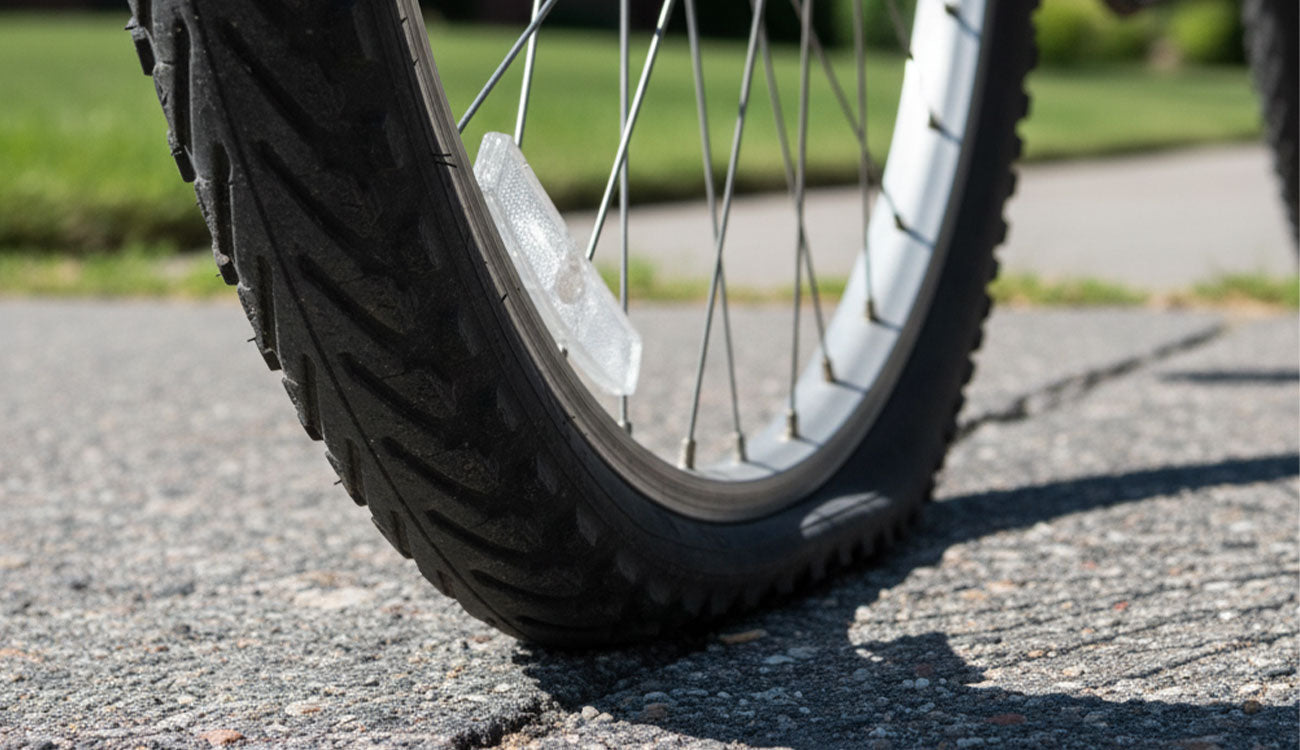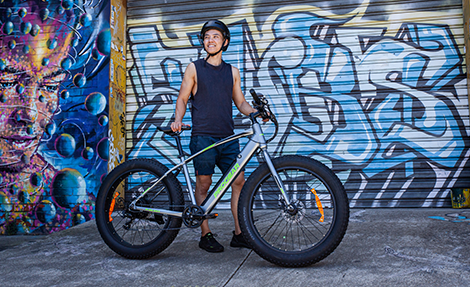Someday, in the hopefully not too distant future, all of our technology will be self charging on totally renewable energies. We’re not quite there yet but we are getting closer. It no longer seems like an unrealistic depiction of the future from an episode of the Jetsons. Hybrid and electric cars already have the ability to recharge the battery when the brakes are applied. These vehicles do still have to be filled with gas or charged at the end of the night, but there is a slight increase in the range of the battery. So do e-bikes have this same feature? The short answer is that some can but unfortunately the benefits of this technology are even more negligible on a bike than they are in a car. Let’s breakdown the basics of an E-Bike so you can see how your battery is working for you even without charging itself.
E-Bikes: How Do They Work?
An Electric Bike may look the same as any other push bike, with the obvious exception of an electric motor that makes your ride smoother and easier. These motors can be found at either the front or rear hubs, or the mid-drive motor which can be found at the crankshaft. There are benefits to the location of the motor, such as with the E-Glide Folding Electric Bike which features a rear hub motor that is a lighter weight and allows the bike to be more easily folded. Generally speaking, the mid-drive motor offers the smoothest and most efficient ride, especially when taking into account Australia’s laws regarding E-Bikes.
Pedal Assist.
E-Bikes are required by Australian law to use what is known as a Pedal Assist system. The motor of the E-Bike switches on when the rider pedals to reduce the effort of the ride. It cannot, however, be controlled exclusive of the pedals, with a handlebar mounted throttle for instance. So basically, the way you ride is the same, just made a lot easier with the help of an electric motor. The mid-drive motor applies force directly to the crankshaft and your pedals to make pedalling much smoother and easier on your legs.
Putting The E In E-Bike.
The output of the motor is controlled by the LCD display on the handlebar which allows riders to select from differing levels of assistance. The battery pack - often found attached to one of the tubes of the bike’s frame - powers the motor. Together, all three of these components make up your electric bike and add power to your pedalling to reduce the effort required to ride.
Tell Me About The Battery?
The battery is the power source of your E-Bike. As with most electronic equipment, the size of the battery varies depending on manufacturer and model. Likewise, the life of the battery is not the same for any two E-Bikes. The E-Shock V2 mountain bike sports a 36v battery pack that can travel distances from 30-70km, making it an ideal vehicle for an off-road excursion. The variation in this distance is dependent on how the bike is used. Using your E-Bike at maximum assistance will naturally drain the battery faster than minimal, or none at all. Starting and stopping frequently, like a car in traffic, will result in a reduced travel distance for your battery on a single charge. Even the weather conditions and the conditions of the road you take your E-bike on will play a role in the effective range of your battery.
Why An E-Bike?
Is it worth making the switch to an E-Bike? No question. We’re always making strides in technological advancement, and someday we might have bikes that efficiently charge your battery as you pedal, or possibly even utilise solar power or other renewable energies. Until then, we still have amazing, intuitive bikes that help us exponentially as we traverse massive distances. Quite frankly, they’re also a lot of fun, and isn’t that the whole point?




















